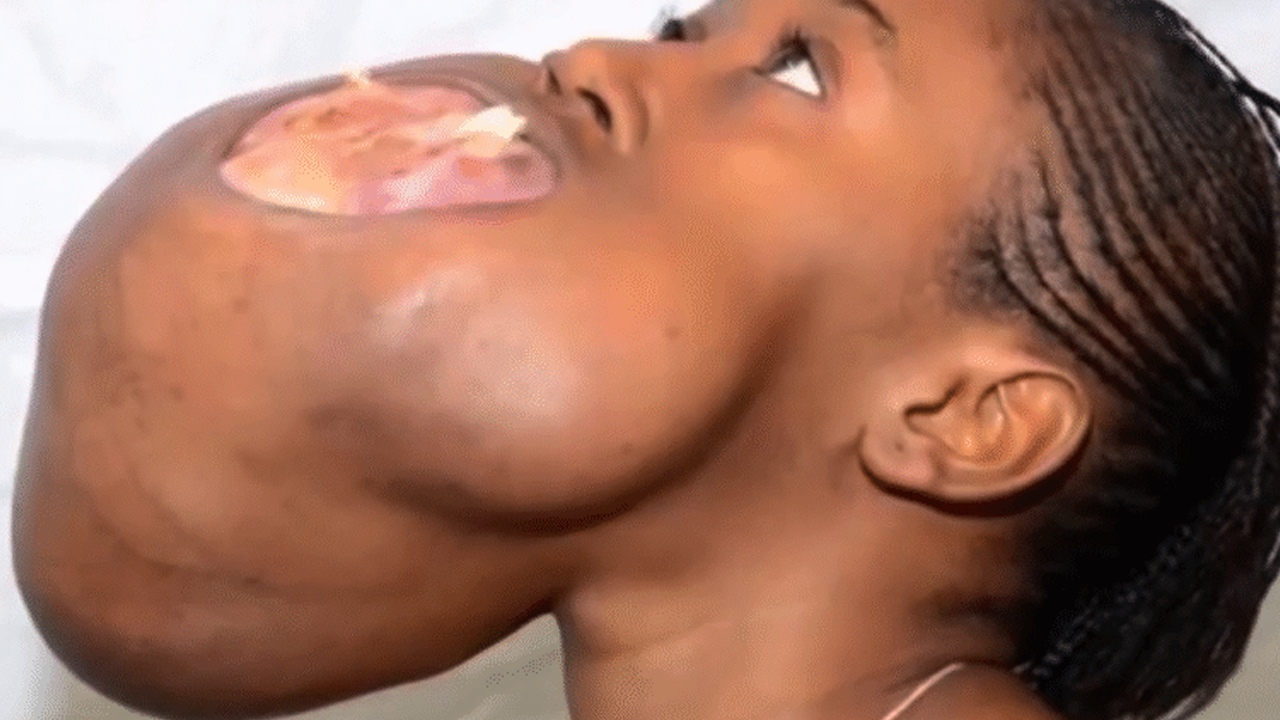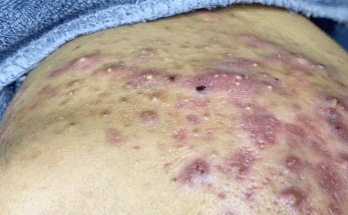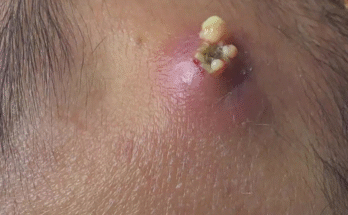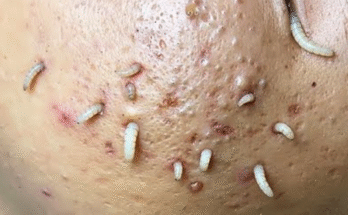The Enigma of Red Dots: Unraveling the Mysteries of Skin Rashes
Discovering unexplained red dots on your skin can be unsettling. This comprehensive guide explores the diverse possibilities behind these tiny blemishes, helping you discern when a simple observation warrants a visit to your doctor. Remember, this information is for educational purposes only and should not replace professional medical advice. Always consult a healthcare professional for diagnosis and treatment.
Understanding the Significance of Those Little Red Spots
The appearance of red dots on your skin is surprisingly frequent. They vary greatly in size, shape, and color, reflecting an equally broad range of potential causes – from completely innocuous to potentially serious medical conditions. This guide serves as your roadmap to navigating these possibilities.
Deciphering the Clues: Factors to Consider
The meaning behind those red dots hinges on several key factors. The size of the dots is important, as is their distribution across your body. Accompanying symptoms – such as fever, pain, or swelling – provide vital clues. The speed at which the dots appear and change is also crucial. A rash that rapidly spreads across your body requires immediate medical attention.
Common Culprits: A Detailed Look at the Causes
Let’s delve into some of the most common reasons for the appearance of red dots on your skin:
Minor Issues: Usually Nothing to Worry About
- Petechiae and Purpura: These tiny red spots arise from broken capillaries. While often harmless, caused by factors like coughing, stress, or certain medications, they can sometimes hint at platelet issues requiring further investigation.
- Cherry Angiomas: These small, raised, bright red bumps result from a surplus of blood vessels. Generally benign, their prevalence increases with age.
- Heat Rash: This common affliction, characterized by a red, itchy rash, occurs when sweat gets trapped in sweat ducts. It often presents as a cluster of small red dots.
More Serious Concerns: When to Seek Medical Advice
- Allergic Reactions: Reactions to allergens (foods, medications, chemicals, insect bites/stings) often manifest as red, itchy rashes. The appearance varies greatly depending on the specific allergen.
- Folliculitis: Inflammation of hair follicles, usually from bacterial or fungal infections. This presents as red, pus-filled spots that can be painful or uncomfortable.
- Cellulitis: A bacterial skin infection, marked by swollen, red, and warm skin. This condition necessitates antibiotic treatment.
- Impetigo: A highly contagious bacterial infection, especially common in children. Impetigo appears as red sores that break open, weep fluid, and eventually crust over.
- Vasculitis: Inflammation of blood vessels, sometimes manifesting as red dots. Often linked to infections or autoimmune diseases.
- Hemangiomas: These birthmarks stem from abnormal blood vessel growth. While generally harmless, they may require medical attention in specific cases.
Viral Rashes: A Closer Examination
Numerous viral infections are accompanied by distinctive rashes.
Viral Rashes: A Range of Possibilities
- Chickenpox (Varicella): Although largely eradicated through vaccination, chickenpox is characterized by an itchy, widespread rash, fever, and sometimes a sore throat. Never give aspirin to a child with chickenpox.
- Shingles (Herpes Zoster): A reactivation of the chickenpox virus, shingles causes a painful, blistering rash, primarily affecting older individuals. A shingles vaccine offers protection.
- Molluscum Contagiosum: This viral infection produces about 15 pinkish-red bumps with a central dimple and white material inside. It spreads through contact and may need treatment.
- Fifth Disease (Erythema Infectiosum): Common in children, it begins with a “slapped cheek” rash, which can spread to a lacy rash on the body. It typically resolves without intervention.
- Cold Sores (Oral Herpes): Caused by the HSV-1 virus, these itchy, painful sores on the lips and mouth usually heal spontaneously but can be treated with antivirals.
- Genital Herpes: A sexually transmitted infection causing painful blisters on the genitals. Antiviral medication helps manage outbreaks. Safe sex practices are essential for prevention.
- Hand-Foot-and-Mouth Disease: This viral infection leads to a painful rash on the hands, feet, and buttocks, along with mouth sores. Most common in young children.
- Rubella (German Measles): A viral infection causing a pink rash starting on the face and spreading downwards. Vaccination is highly effective.
- Measles: Though rare due to vaccines, measles remains a serious global health concern. Symptoms include fever, cough, runny nose, and a characteristic rash. Immediate medical attention is vital.
- Roseola (Sixth Disease): Primarily affecting infants and toddlers, Roseola presents with a high fever followed by a rash.
- Colorado Tick Fever: Transmitted by tick bites, this disease causes fever, aches, and sometimes a rash.
- HIV Rash: HIV can cause a flat, red rash with small bumps, often accompanied by increased sun sensitivity.
- Acrodermatitis (Gianotti-Crosti Syndrome): Common in young children, this rash affects the arms, legs, and buttocks.
- Mononucleosis (Mono): Often associated with a rash, mono (“kissing disease”) presents with fever, sore throat, and swollen lymph nodes.
- Zika Virus: This mosquito-borne virus may cause a rash around the eyes and body, along with fever, headache, and joint pain.
When to Seek Professional Medical Attention
While many causes of red dots are benign, you should consult a doctor if:
- Red dots are accompanied by fever, pain, or other discomfort.
- The dots rapidly increase in size, number, or intensity.
- You experience additional symptoms like weakness, fatigue, or dizziness.
Early diagnosis and treatment are crucial for effectively managing many skin conditions. Don’t hesitate to seek professional medical help if you have any concerns about unexplained red dots on your skin.



